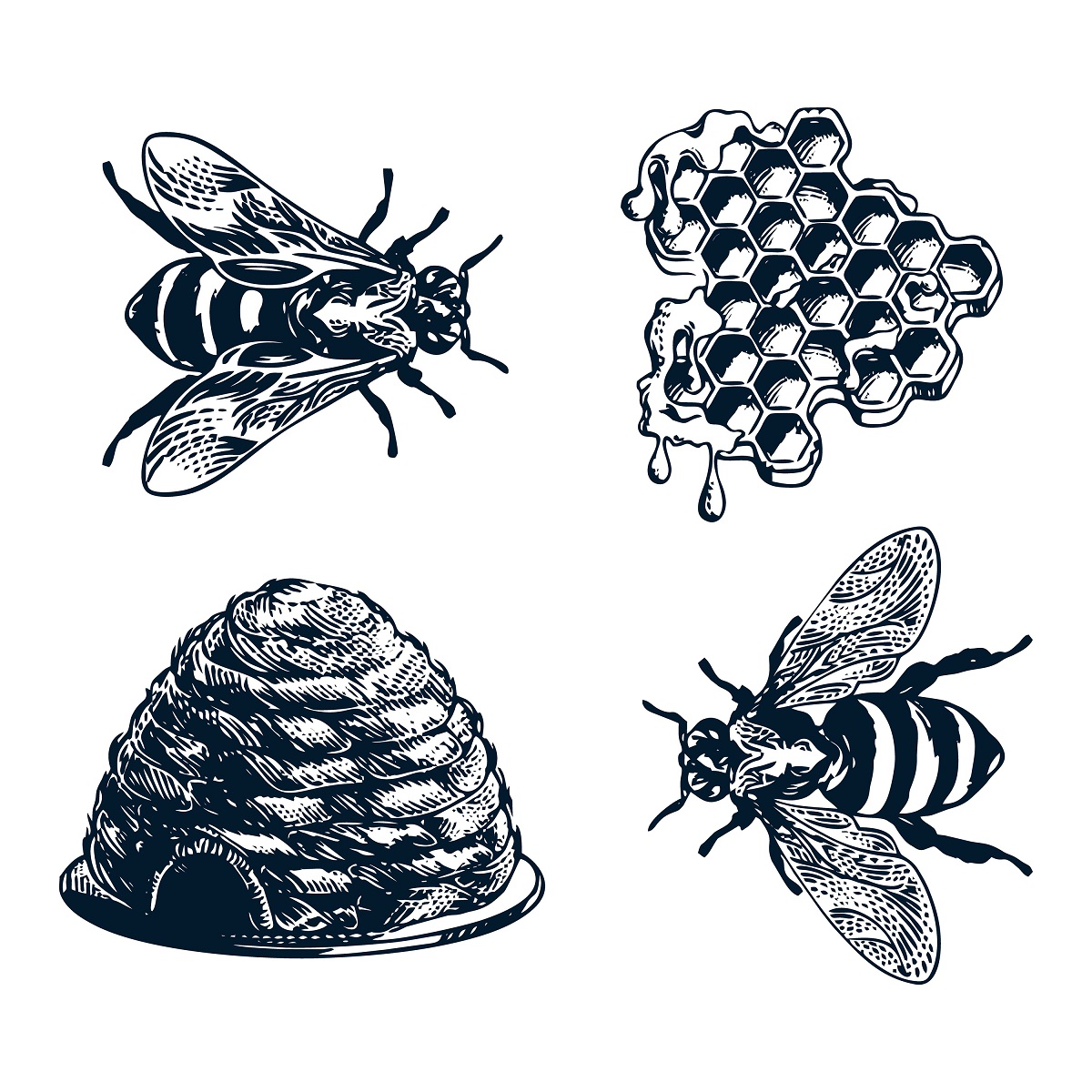Intro
There’s no doubt that having bees and wasps infesting your house can be quite the terror if you’re trying to live a peaceful life. Dealing with such a problem is obviously the natural solution, but knowing that these are two different types of insects and thus have different methods through how you deal with them is crucial. Let’s take a look at these crucial differences between the two animals and understand just what exactly it is that you’re dealing with when commencing bee and wasp removal.
Method of Attack
Whenever you draw the ire of either of these insects, it will be a most unfortunate run-in, especially depending on the breed you run into. Bees have a stinger that is barbed and has a venom sack, and when stung, the stinger detaches from the bee and stays latched onto you, causing severe problems if you happen to be allergic. Due to losing its stinger, however, the bee will eventually die from its attack, but a wasp has no such problems since its stinger doesn’t detach from its body, making multiple stings a horrifying possibility. This problem is magnified, not only because wasps are much more aggressive than bees but also because wasps can release pheromones that can let their comrades know that they’re in danger, bringing in the rest of the hive to make your life miserable.
Food
The bees will sip from nectar and drink water whenever they have the opportunity to do so. On top of that, bees will also make something that scientists call royal jelly to feed a normal female bee into a queen bee, allowing them to better contribute to the hive. On the other hand, even though wasps will enjoy nectar as much as the next bee, they have a true love of feasting on other insects, including the food of other humans that often have sugar. Since a large portion of American foods has sugar, creating a nest near or even in your house is a prevalent option for them, making the possibility of you having to call in for bee and wasp removal very likely.
Living Conditions
As far as the differences between how and where they live, bees will use wax-producing glands to craft honeycombs around certain structures, depending on their location. Once enough honeycomb has been produced, the nest will be finished and be used as a storage unit for pollen, brood areas, and most importantly, the home of the queen. In contrast, since wasps don’t have the glands to produce wax like their bee counterparts, wasps will go out of their way to make hives that are made from the barks of trees mixed with their own saliva. Though the material of the nest can often vary depending on the location, the methods of making their nest can also vary depending on the breed of wasp, as certain wasps are often solitary enough to just make their own home in the soil if they need to.
Conclusion
Whenever you go out of your way to getting rid of these pests through the help of bee and wasp exterminators, just remember what it is exactly it is that you’re dealing with so that not only yourself but the exterminators can be prepared for what’s to come.
